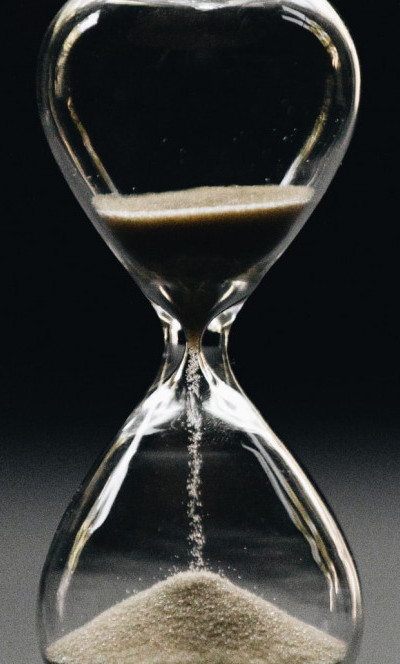In an unhampered market….
From the Consumers point of view time preference is a function of a consumer’s desire to postpone present consumption in favor of future consumption. Low time preference says that consumers are willing to postpone their present consumption and save for tomorrow. Low time preference says save for tomorrow. Postpone now in favor of a better tomorrow.

Imagine that!
This lower time preference leads to a greater amount of savings being available for investment in future goods and services. This larger pool of “money” tends to lower the cost of money (interest rate) to producers. People will save, when it is in their interest to do so. They will save when a “market” rate compensates them for postponing their use of money today.
Low Interest Rates
This lower interest rate is a signal to producers to put durable and capital goods into production as opposed to consumer goods.
According to Rothbard it is these industries that tend to show the greatest inflation at market tops and it is in these industries that show the greatest misallocation of resources.
When the FED intervenes and pumps trillions of fiat currency into the economy, it in effect is creating a situation (lower rates) which gives a false signal to producers.
The lower rates generated by massive infusion of fiat currency makes it look as if the consumers time preference has lowered and that the consumer is postponing current consumption in favor of future consumption.
FED policy gives false Signals
But, in fact, this is a false signal and nothing of the sort is happening.
In fact the opposite is true. Consumers are actually buying up consumer goods and driving up their prices causing inflation in the consumer goods/ We see this in the massive trade deficit. The US produces very little and consume every other countries goods.
We DEMAND, but we don’t SUPPLY.
Fewer consumer goods are therefore produced, which leads, ultimately, to shortages.
The available inventory gets used up slowly under normal circumstances. However, when a supply chain disruption (pandemic, or other natural/national disaster) occurs, the amount of consumer goods inventory gets used up at a faster rate.
Inflation raises its ugly head
With the massive infusion of money supply (FED fiat money printing) chasing after a lower supply of consumer goods inflation will inevitably follow. Too much money chasing after too few goods is the definition of inflation.
Producers, seeing they have been given a false time preference signal, reallocate some of their capital away from future goods production into speculative endeavors such as the stock market and drive prices higher and higher. All of this takes time to unfold.
Ultimately with less consumer goods production and a massive increase of money supply, the currency loses value and inflation reaches hyper inflationary proportions.
A Shift to Gold
We may be seeing a drift to gold as a hedge against inflation.
In addition, when the FED “gives” money to people willy-nilly, without a requisite production of “something” by the recipient, that loss of supply by the recipient reduces their demand for other goods. A consumers supply of their work product is in effect their demand for the work products of other consumers.
So, much like the capital goods producer getting a false “interest rate/time preference” signal, consumers aren’t producing anything either.
A Perfect Storm is brewing
This is a perfect storm that can lead to economic collapse.
The current tech frenzy is just people chasing after a pipe dream. And I see a massive stock market contraction.
The tech firms’ valuations cannot in any way be attributed to production by any stretch of the imagination. Their prices are pure speculation.
How will the FED set this aright.
They probably won’t. Or better said, they can’t.
Excessive Spending and money printing lead to inflation
The profligate spending on the part of an out-of-control congress has placed the economy in jeopardy. Massive Trade deficits and inflation will be their legacy.
If the FED rates raises rates as they should, the bond market will tank. Can you imagine the effect this will have on pension funds and the stock market in general?
This is a mess.
Keep watching







